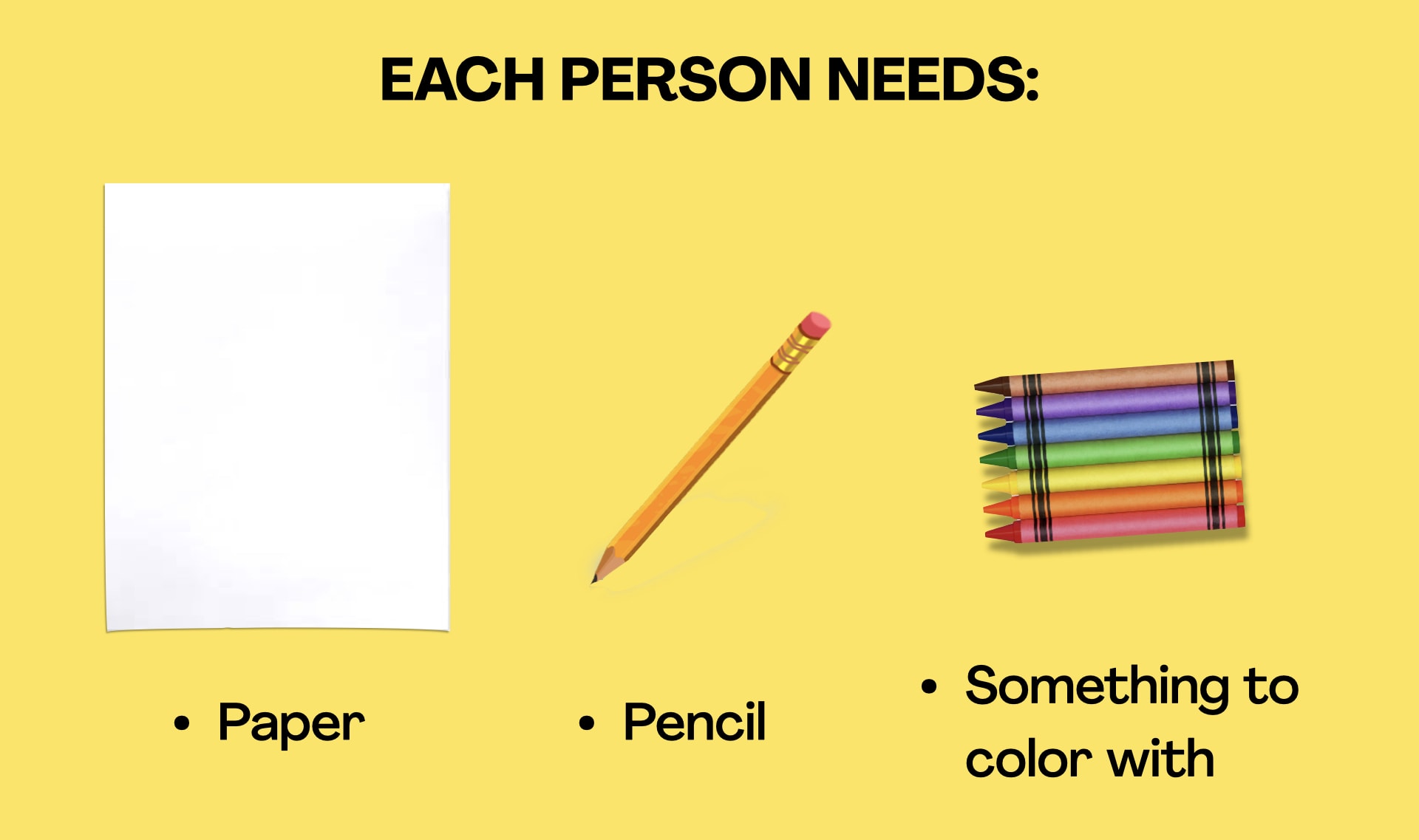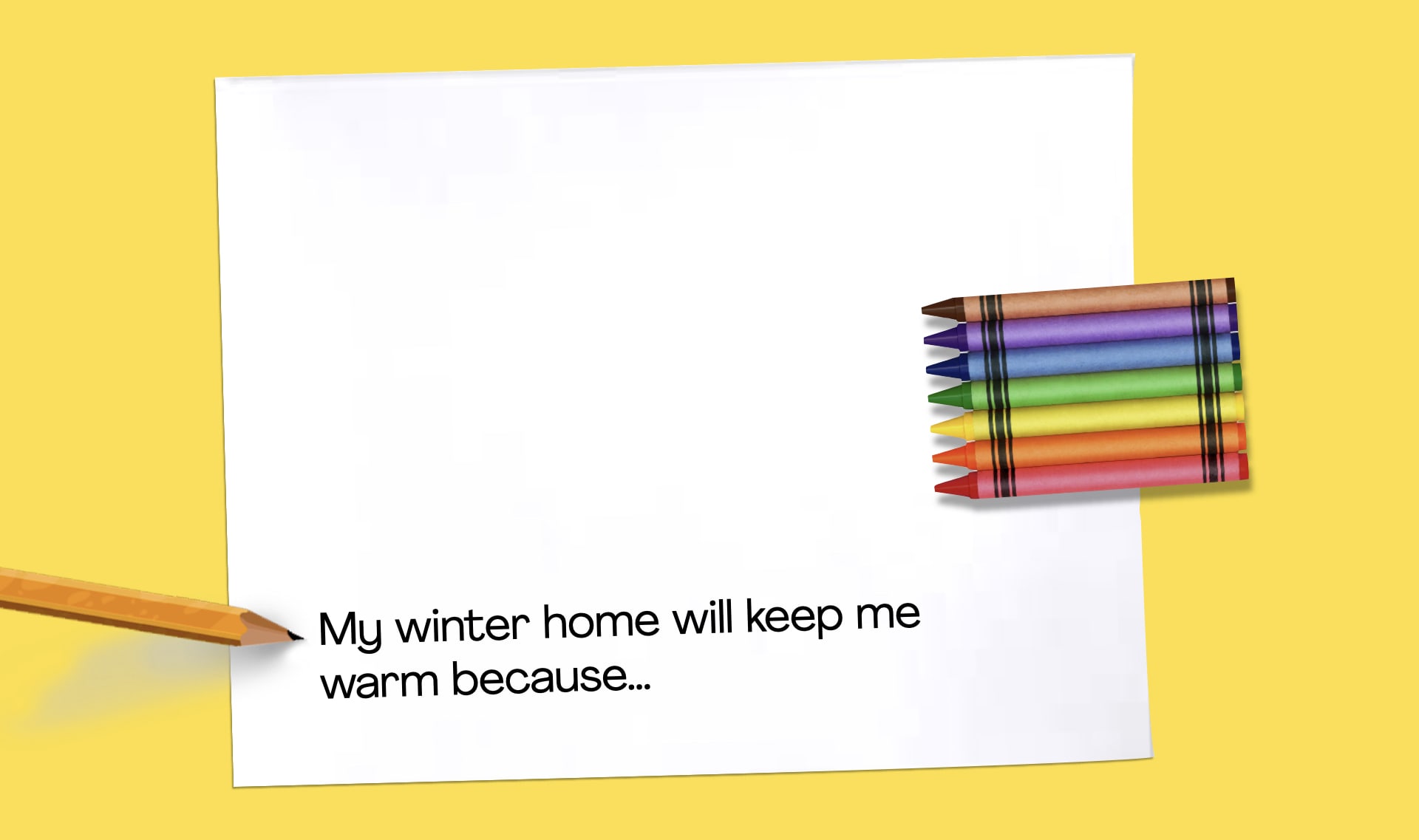
DISCUSS:
How do you think polar animals stay warm?

























Grades K-5
Current Events And Trending Topics
Adaptations & Habitats
This mini-lesson explores how polar animals keep warm in the coldest regions on Earth. In the no-prep activity, My Tiny Winter Home, students use ideas from the mini-lesson to design a house that will keep them warm in a very cold climate. Older students also think about how they could test their design, as we walk them through an experimental design process.
Preview activity|
Blank Paper (8.5 x 11")
|
90 sheets |
|
Crayons
Markers or colored pencils will also work.
|
Details
90 crayons
|
|
Pencil
|
30 |
This is an activity that kids can do in class or at home, solo or with others. No print-outs needed!
Grades K-5
Current Events And Trending Topics
Adaptations & Habitats
Thanks for your feedback! If you have a question or need help, please contact us. Please consider sharing your review:
Sorry the lesson didn’t go well. We read every single review in an effort to improve our Mysteries.
Thanks for letting us know. We’ll wait to ask you for feedback until after you've actually taught it.
Thanks for the feedback! We read every single review in an effort to improve our Mysteries.
Please follow these steps:
Locked
6:10

Why is the sky blue?
Locked
4:41

Why do we call them doughnuts?
Locked
5:16

Could a turtle live outside its shell?
Your membership is expired. The archive of past Mini Lessons is not included in your limited access.
View pricing